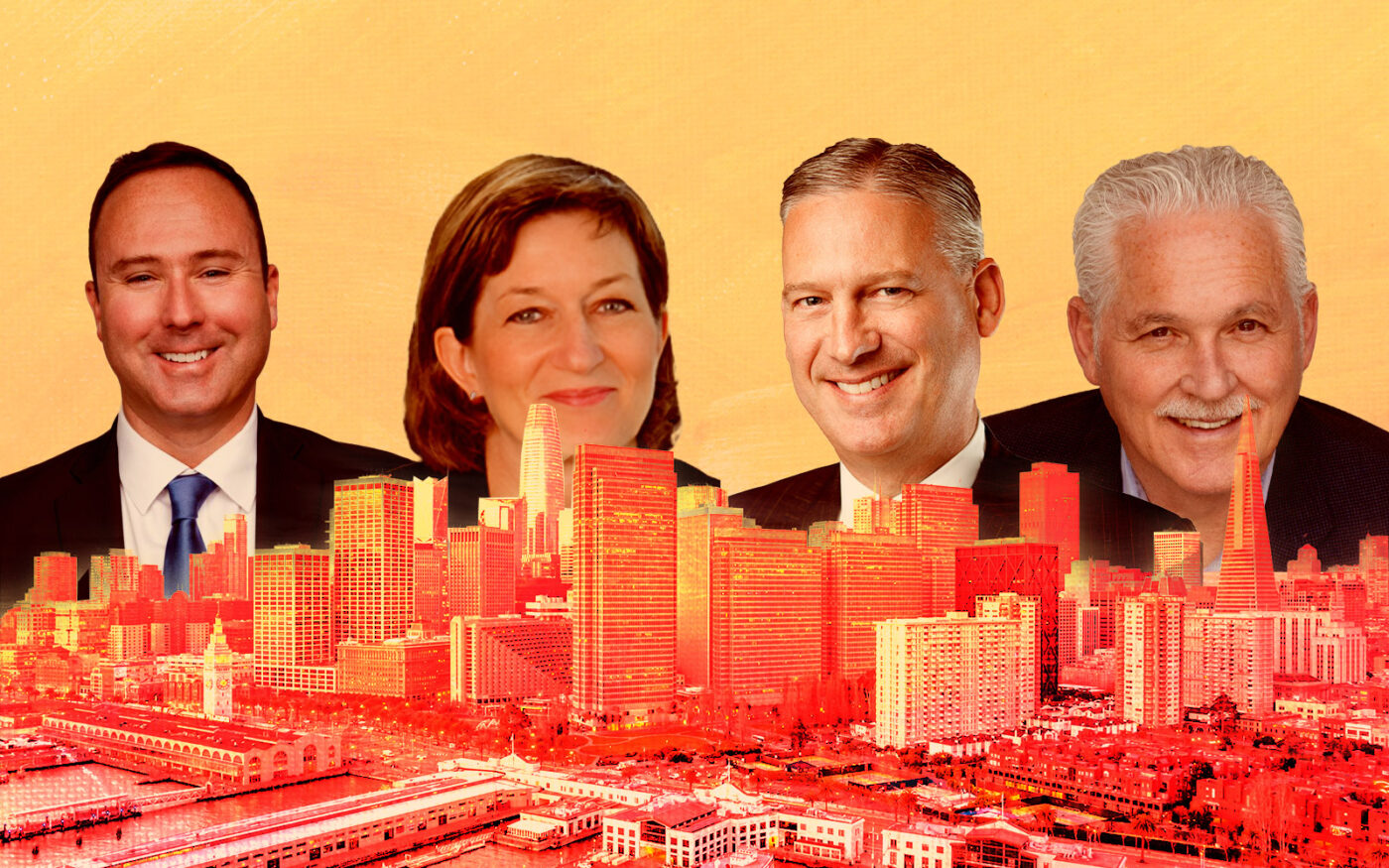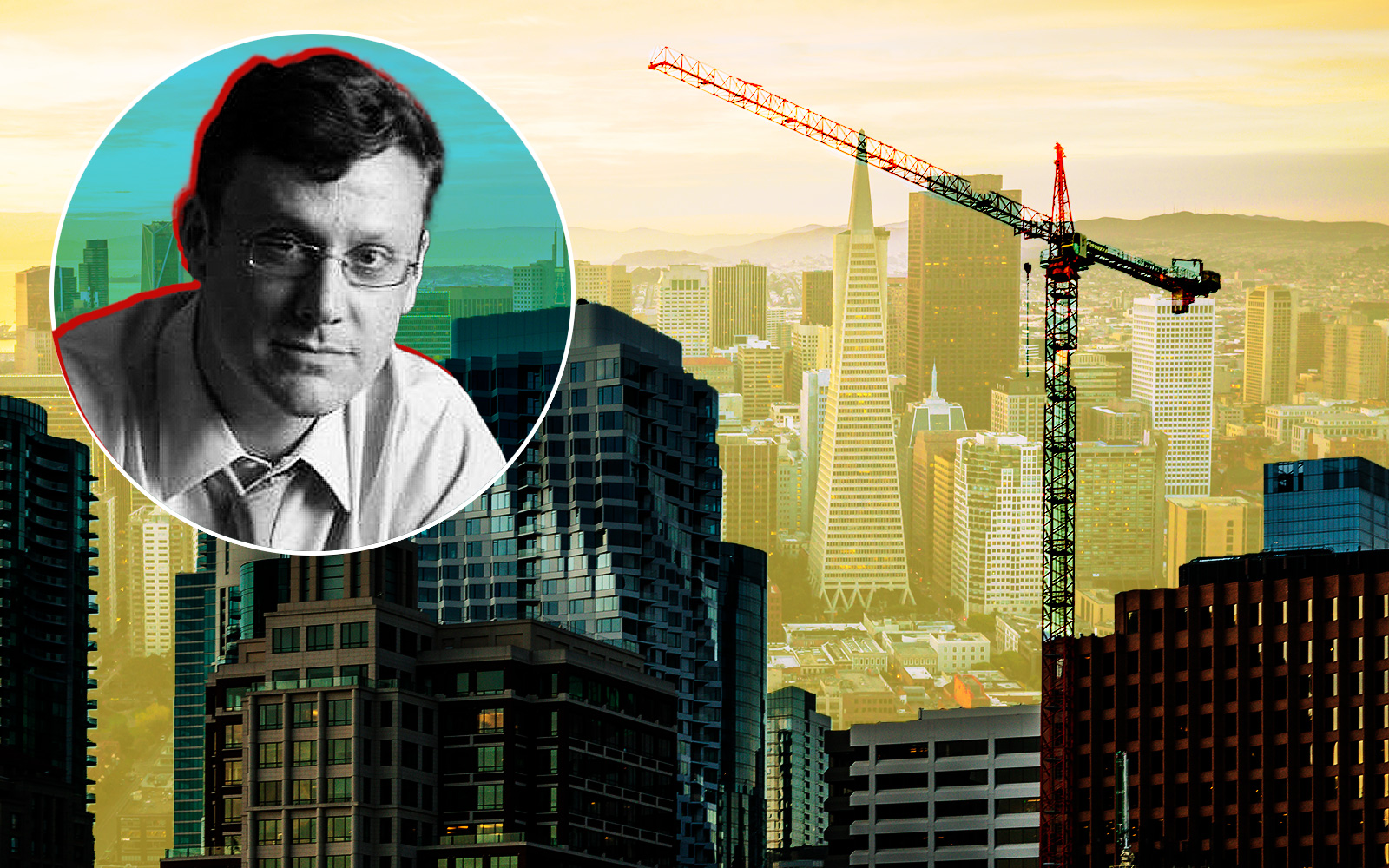
SF looks to ease rules for office-to-home conversions and storefronts
Trending
“Art of the possible”: The road ahead for SF office conversions
Creating homes from unused workplaces is a long-term strategy, experts say

“Does this work for residential?” is the question Grosvenor Properties is asking about office-to-apartment conversions in its San Francisco portfolio, according to Senior Investment Manager Nathan Lundell.
“That work is just getting started, which means you won’t see the impact of conversions until five to 10 years from now,” he added.
Office conversions have become a hot topic all over the country, but particularly in San Francisco, where one-third of offices are vacant and worker office visits stand at less than half of pre-pandemic levels. But any actual conversions spurred by the high vacancies and recent push to lower zoning regulations and fees are likely years away, analysts say, and will require a collective effort from government and developers to make the projects pencil.
“What I like is that everyone’s doing the right work,” Lundell said. “The owners are doing the analysis and asking the questions. The city government is actually looking at it in the right way, and trying to think about ‘How do we get out of the way? How do we allow this organic change just to start happening?’ That’s what’s promising.”
The city’s plethora of older, smaller office buildings give it a higher number of conversion-appropriate commercial buildings than other markets, according to several recent studies. There are nearly 800 San Francisco office buildings that could be good candidates for conversion, according to new research from brokerage Avison Young, putting the city in the fifth-highest spot out of 14 major cities in the U.S. and Canada.
The two biggest factors in the analysis are the age of the building, with those built before 1990 better candidates, and the size of the floor plates. Below 15,000 square feet is best so there is a smaller span between the core and the windows, said Sheila Botting, president of professional services in North America for Avison Young, “if you don’t want to live in a bowling alley with the window down at one end of it.”
A report earlier this year from public policy nonprofit SPUR, architectural firm Gensler and consultancy HR&A found that 40 percent of the buildings in downtown San Francisco would be good candidates for conversion, compared to 20 percent of all buildings across North America. The analysis was based on a combination of factors including the building’s shape, size and ceiling heights, availability of elevators, location and proximity to transit.
The report also determined that the city’s planning code requirements, including those relating to open space, number of bedrooms in each unit and seismic safety upgrades, made most developers “unlikely to undertake a complex conversion project under these circumstances.” In addition, with high construction costs and plateauing rental rates, in today’s market “a residential conversion would generate less value for the property owner than maintaining the office use, even given high office vacancy.”
Given all the economic, regulatory and practical barriers currently in place, Avison Young Regional Managing Director Nick Slonek estimates that of the 800 San Francisco buildings that could be converted to residential use, less than 10 percent are feasible. Though eco-minded developers and the city would love to see the buildings reused, he said, the price to reposition them could be higher than tearing them down and starting over.
“Despite sustainability desires and tax credits and that type of thing, the ripping down of the building and reconstructing something is obviously very costly, but it’s less costly than conversion in some cases,” he said.
The SPUR report puts the construction costs of San Francisco conversion projects, including labor and materials, at between $472,000 to $633,000 per unit, and that’s without seismic upgrades. The soft costs, which include city fees, range from about 20 percent to 40 percent of total project development costs, which is one reason Mayor London Breed has pushed so hard to lower them.
She has supported a city panel’s recommendations to lower affordable housing requirements and development fees, and joined forces with Board President Aaron Peskin to introduce legislation designed to ease these conversions, including doing away with the open space and bedroom requirements. Those legislative efforts are due to come before the Board of Supervisors later this year and, if passed, could speed up the development process by 18 months, according to Planning Director Rich Hillis.
Breed has also pushed the idea that traditional office buildings could be turned into life science labs. That idea seems great in theory since the life science market has been the one bright spot in the office market this year, analysts say, but may end up being cost-prohibitive unless the price of buying an office building falls close to the value of the land itself.
Life science conversion is a “real quandary,” according to Slonek, because the ceiling heights in traditional buildings would need to be raised by several feet, with a massive investment put into overhauling the ventilation systems.
Additionally, the quantities of hazardous materials allowed in a building go down as the height of the building goes up, according to Gregg Domanico, vice chairman of CBRE’s life sciences practice in the Bay Area. That makes high rises particularly difficult for life science conversion.
But if the price to buy buildings drops low enough and the city provides extensive economic incentives to make these conversions feasible, Domanico said via email that he believes the demand is there.
A number of life science tenants would prefer to be in “converted product” in the city rather than new construction on the Peninsula or the East Bay because of the “proximity to the workforce in San Francisco and urban amenities, which zoning in San Francisco has historically prevented.”
With a push to change that zoning and more incentives coming from the mayor and possibly the state, along with a possible further drop in office building values as more loans mature, conversions could be a real game changer down the line, analysts say.
“The sand is shifting all around us right now and so it’s really important as we think about the next five years that more buildings could become more viable than we would see today,” said Botting with Avison Young. “This is not necessarily an exact science. This is about considering the art of the possible. How can we solve some of the big problems facing downtowns across North America? And conversions will be one of the many tools that you could use for that solution.”






